Fokker Eindecker III EIII Luftwaffe German Air Force
Production Time 9 to 10 weeks
Shipment is by FedEx, UPS or DHL International Express Courier with a normal door-to-door delivery time worldwide of within 2-3 business days after dispatch. Due to the current volatility of world fuel prices, the amount mentioned here is our best estimate for DHL and UPS and may be subject to change at the time of shipping.

Model Description: Fokker Eindecker III EIII Luftwaffe German Air Force Wood Replica Scale Custom Model Aircraft
Manufacturer: Fokker
Wingspan: 17 Inches (43.2 Centimeters)
Height: 4.3 Inches (10.9 Centimeters)
Scale: 1:22
$239.50
Production Time 9 to 10 weeks
-
United States dollar ($)
-
Pound sterling (£)
-
Euro (€)
-
Australian dollar ($)
-
Canadian dollar ($)
-
Singapore dollar ($)
-
Swiss franc (CHF)
-
Japanese yen (¥)
-
Danish krone (kr.)
-
Hong Kong dollar ($)
-
Norwegian krone (kr)
-
Swedish krona (kr)
-
United Arab Emirates dirham (د.إ)
General Product Description
Our PlaneArts Fokker Eindecker III EIII Luftwaffe German Air Force model exhibits unique, unrivaled quality and detailed design to come as close as possible to the accuracy of the actual plane. It comes as standard with a robust, durable base or stand which is available in a variety of different finishes designed to match your own personal requirements including solid wood, wood with polished metal supports or adjustable wood wall mount and will be ready within about 9-10 weeks from placement of order.
The Fokker Eindecker III EIII Luftwaffe German Air Force model is made of the finest kiln dried renewable mahogany wood (commonly known as Lauan or Meranti) which has undergone many stages of carving and meticulous and careful sanding giving the beautiful, finished museum quality masterpiece. Many collectors and model connoisseurs demonstrate their preference for genuine handmade and hand painted mahogany wood models rather than plastic or die cast (diecast) alternatives due to the overall look and totally different feel of the item - we trust you will find the same. We can however, if required produce the same model in Solid Cast Resin so just click and contact us for further information. Our craftsmen and gifted artisans ensure that our finely handcrafted model airplanes match the precise blueprint details of the original aircraft. The paint scheme, markings and parts are closely matched, reflecting the original aircraft. This stylish top-quality desktop replica model will surely enthrall anyone who receives this as a gift and for sure one of the most appropriate and desirably collectable gifts for any military aviation enthusiast and avid aircraft collector whilst also displaying a perfect resemblance to the actual real life version.
There are many types of military propeller aircraft, but the basic types are bombers, fighters, fighter bombers, spotter planes, transporters, patrol aircraft, trainers, and reconnaissance and observation aircraft. All these types of aircraft are used for different types of missions. If you're a fan of historic or present-day military aviation, our model aircraft will bring the excitement and character of these aircraft right into your own home. You can order a wood airplane model of a North American B-25 Mitchell Bomber, a B17 - Flying Fortress, or a P-51 Mustang Nervous Energy V not forgetting the Bf 109, Spitfire, FW 190, A6M Zero, P-38 and F4U. These classic, propeller airplane models are of the highest quality. Each is individually crafted by our expert craftsmen. They produce handmade scale mahogany airplane models of the finest aircraft from World War I and II to present day biplanes and triplanes.
If you require, we can also make the Fokker Eindecker III EIII Luftwaffe German Air Force model in any other military, government or even private livery or colour scheme you require and if necessary, in a different size or scale. Just click here to contact us with a description or photographs of what you require, and we will let you have a quotation for the necessary customization by return email. We can also make bespoke scale replicas of any other private / civil commercial airliner or airliners, helicopter, glider, gliders with engines, military jet, warplane jets, biplane, triplane, tail fin, spacecraft, rocket or NASA model you require in any airline, military or civilian livery or colors. We also produce model airships, blimps, dirigibles, blimps, boats, and ship collectibles. Wall plaque or seal for military, government or private customers. Again, by clicking here to contact us just let us know exactly what you need.
Unveiling the Fokker Eindecker III (E.III): A Triumph in German Aviation
The Fokker Eindecker III (E.III) stands as a testament to the innovative prowess of early 20th-century German aviation engineering. Introduced during World War I, this aircraft marked a significant advancement in military aircraft design, particularly in its integration of synchronized machine gun technology. As a crucial element of the Luftwaffe, the German Air Force, the E.III played a pivotal role in shaping aerial combat tactics during the Great War.
Key Features:
- Synchronization Gear: One of the most groundbreaking features of the Fokker Eindecker III was its synchronization gear, a mechanism that enabled the aircraft’s forward-mounted machine gun to fire through the spinning propeller without striking its blades. This innovation gave German pilots a decisive advantage in aerial combat, allowing them to engage enemy aircraft with precision and efficiency.
- Maneuverability: The E.III boasted impressive maneuverability, thanks to its lightweight construction and responsive controls. Pilots could execute tight turns and swift maneuvers with ease, enabling them to outmaneuver adversaries in dogfights and evade enemy fire.
- Structural Design: Constructed primarily of wood and fabric, the Fokker Eindecker III featured a sturdy yet lightweight airframe. This design contributed to its agility in flight while maintaining structural integrity under the stresses of aerial combat.
- Engine Performance: Powered by a 100-horsepower Oberursel U.I rotary engine, the E.III could achieve a maximum speed of approximately 87 miles per hour (140 kilometers per hour). While not as fast as some contemporary aircraft, its engine provided sufficient power for effective combat operations.
- Armament: The primary armament of the Fokker Eindecker III consisted of a single 7.92 mm “Spandau” lMG 08 machine gun synchronized to fire through the propeller arc. This synchronized armament allowed German pilots to engage enemy aircraft from a frontal position, significantly increasing their accuracy and lethality in combat.
- Operational Range: With a maximum range of approximately 185 miles (300 kilometers), the E.III could conduct reconnaissance missions and engage enemy aircraft deep behind enemy lines. Its operational range, coupled with its synchronization gear, made it a formidable opponent in both offensive and defensive aerial operations.
- Impact on Aerial Warfare: The introduction of the Fokker Eindecker III revolutionized aerial warfare during World War I. Its synchronized machine gun technology forced Allied pilots to adopt new tactics to counter the threat posed by German aircraft. The E.III’s dominance in the skies during the “Fokker Scourge” period in 1915 demonstrated the effectiveness of synchronized armament in air-to-air combat.
Legacy:
Despite being eventually surpassed by more advanced aircraft designs later in the war, the Fokker Eindecker III left an indelible mark on the history of military aviation. Its innovative features and combat effectiveness paved the way for future generations of fighter aircraft, influencing the development of aerial warfare tactics and technology for years to come. The legacy of the E.III endures as a testament to the ingenuity and engineering prowess of early 20th-century German aviation.
In conclusion, the Fokker Eindecker III (E.III) stands as a symbol of innovation and excellence in German aviation history. With its synchronized machine gun technology, agile maneuverability, and robust design, it played a pivotal role in shaping the course of aerial warfare during World War I. As a cornerstone of the Luftwaffe’s early combat aircraft fleet, the E.III cemented its place in the annals of military aviation as a pioneering aircraft of its time.
| Weight | 6 kg |
|---|---|
| Dimensions | 12.8 × 17 × 4.3 in |
Be the first to review “Fokker Eindecker III EIII Luftwaffe German Air Force” Cancel reply
Similar Models
Military Airplanes - Jet
Military Airplanes - Propeller
Military Airplanes - Propeller
Military Airplanes - Propeller
Military Airplanes - Jet
Military Airplanes - Propeller
Military Airplanes - Propeller
Military Airplanes - Propeller
Military Airplanes - Propeller
Military Airplanes - Propeller
Military Airplanes - Propeller
Military Airplanes - Propeller
Military Airplanes - Propeller
Military Airplanes - Propeller
Military Airplanes - Propeller
Military Airplanes - Jet
Airbus A310 MRTT Luftwaffe German Air Force Refuelling Eurofighter Models

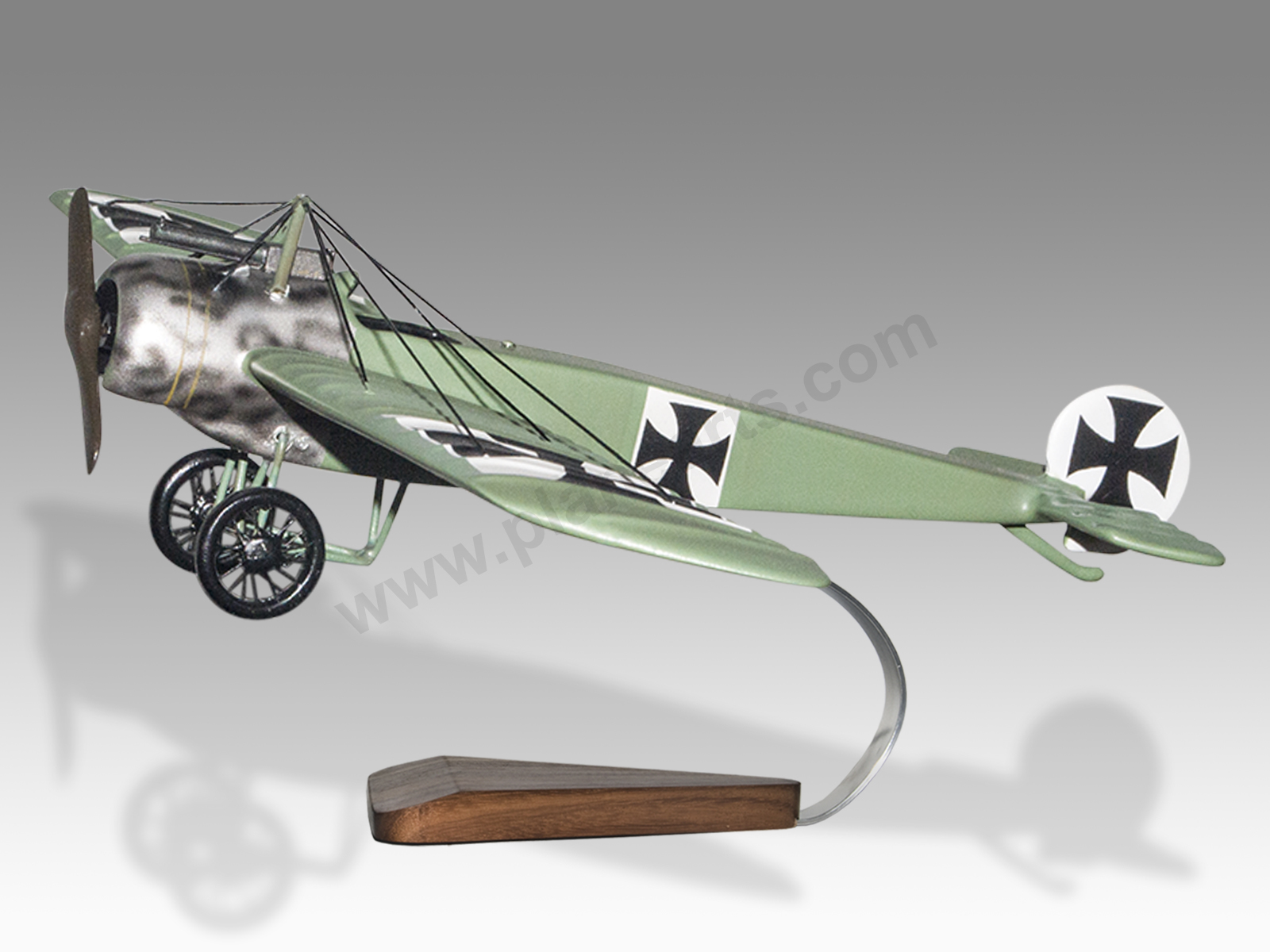
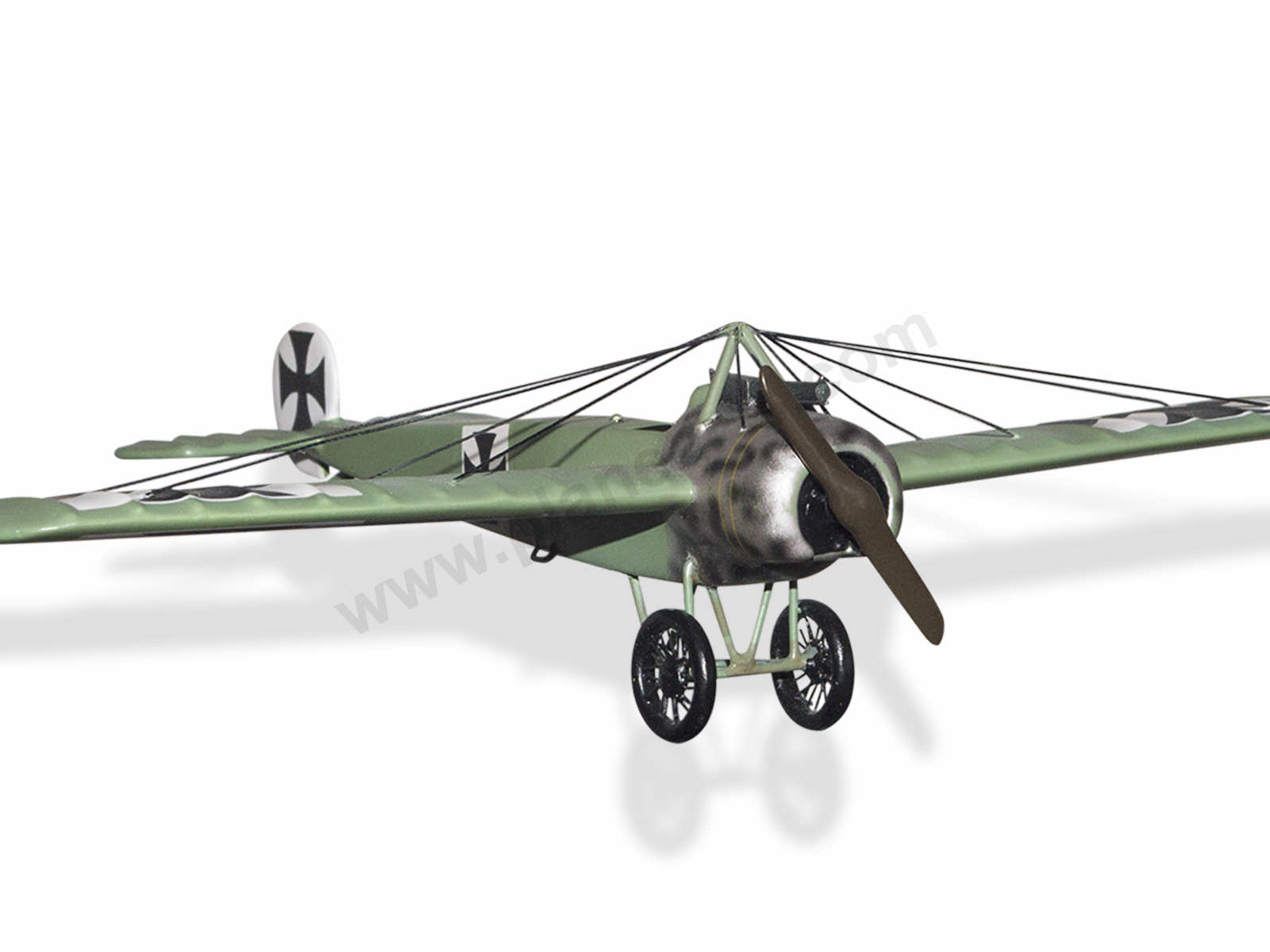
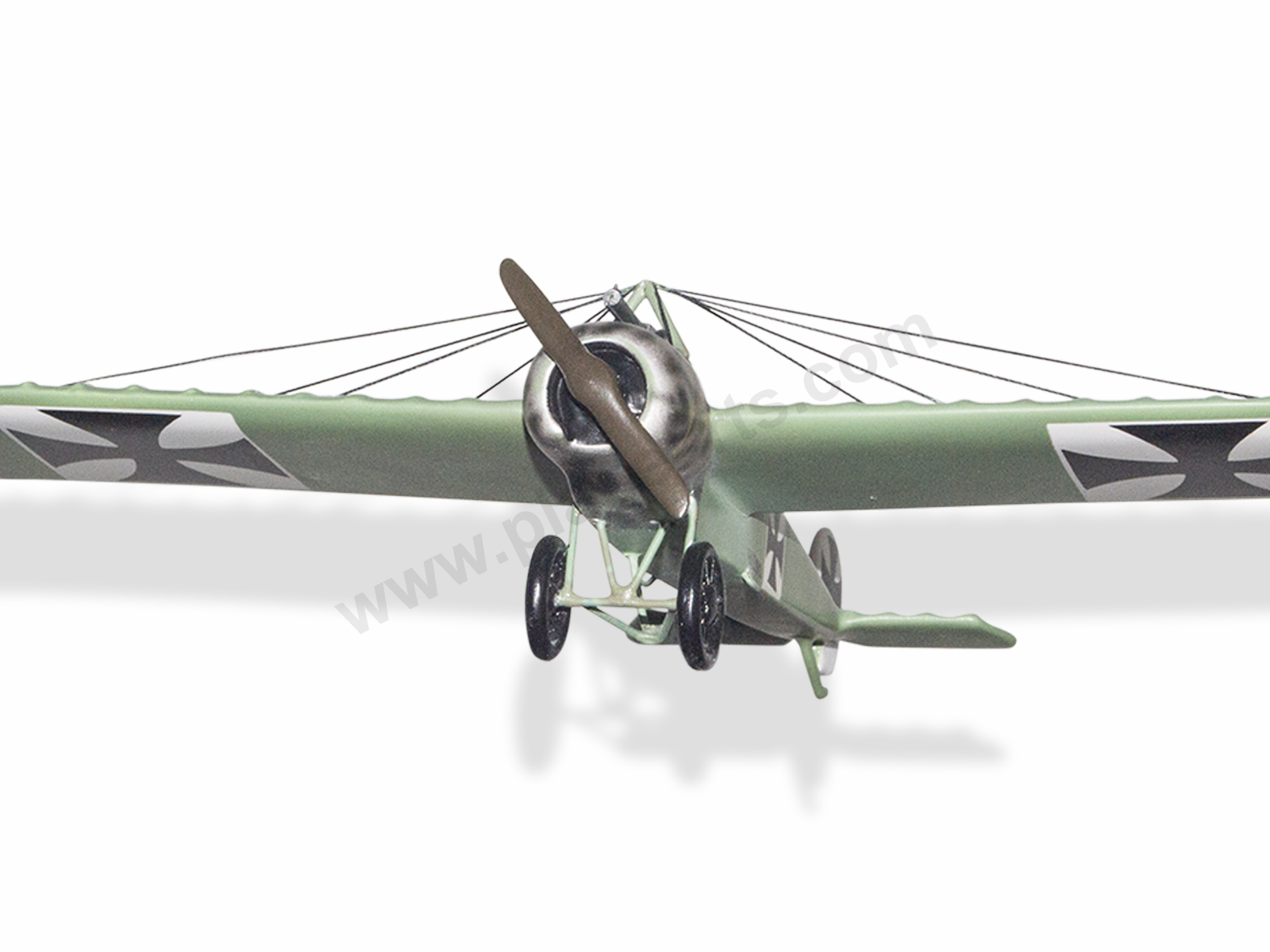
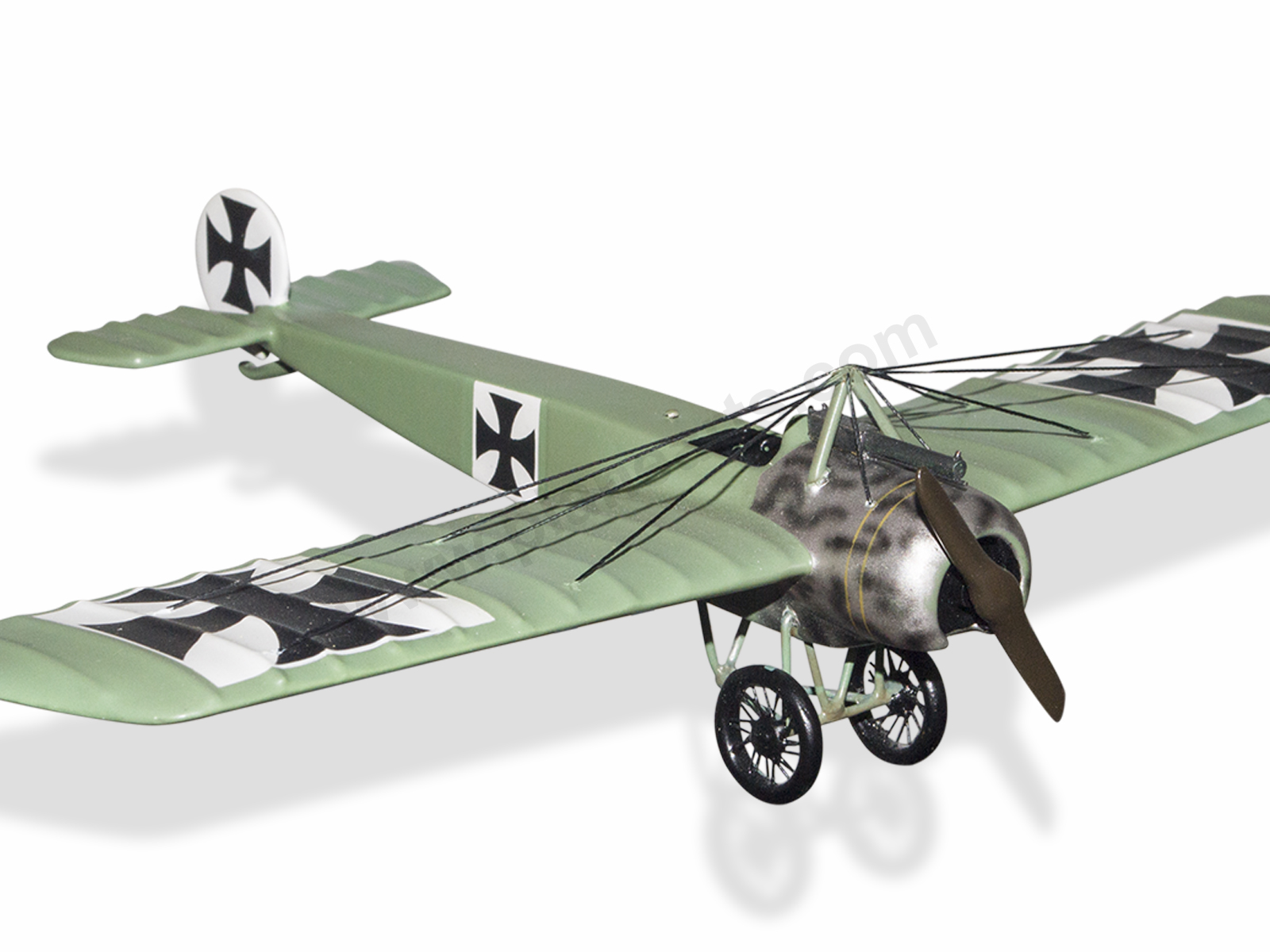

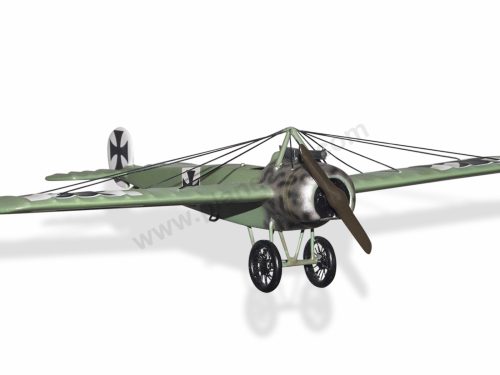
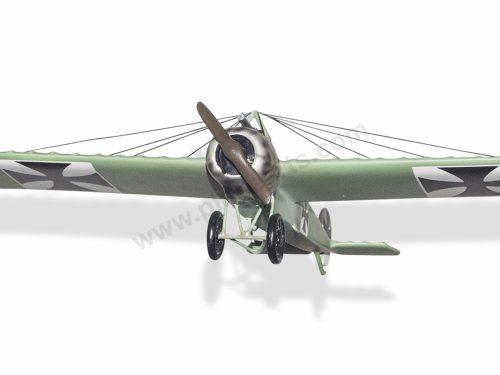

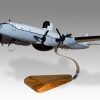



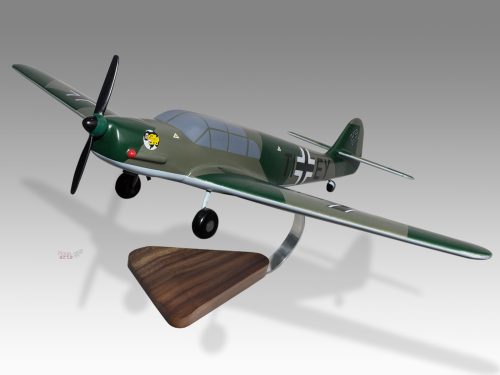
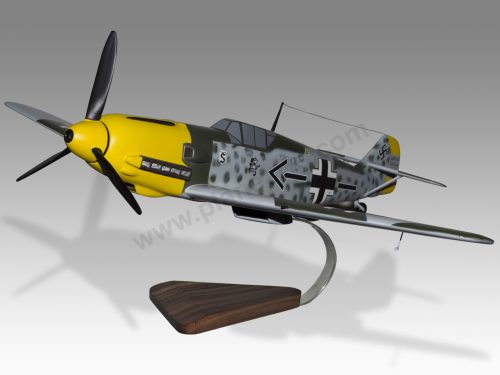
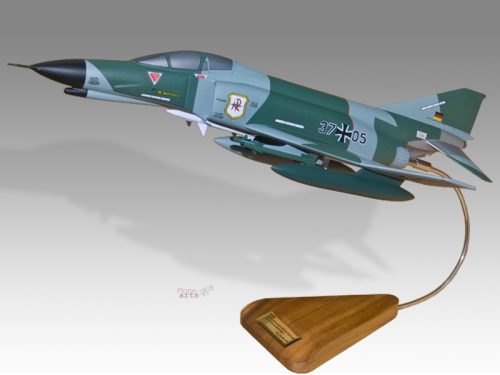
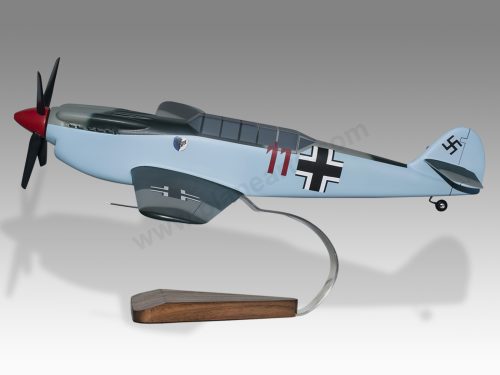
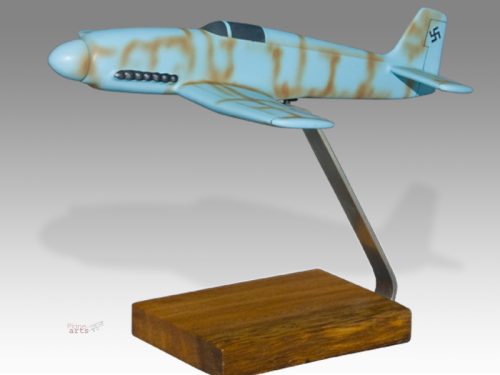
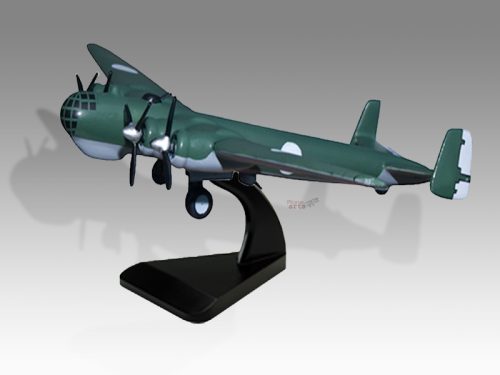


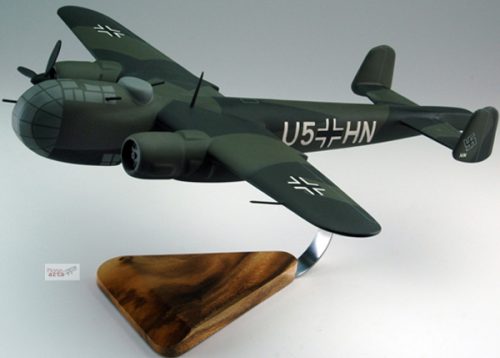

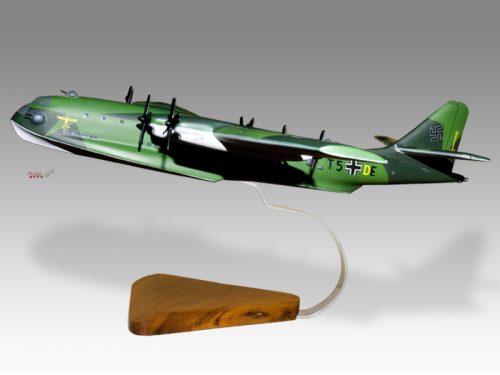

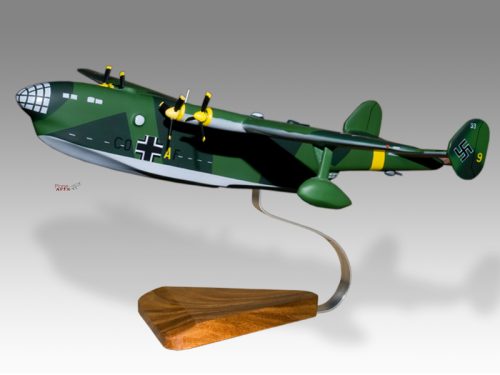



Reviews
There are no reviews yet.